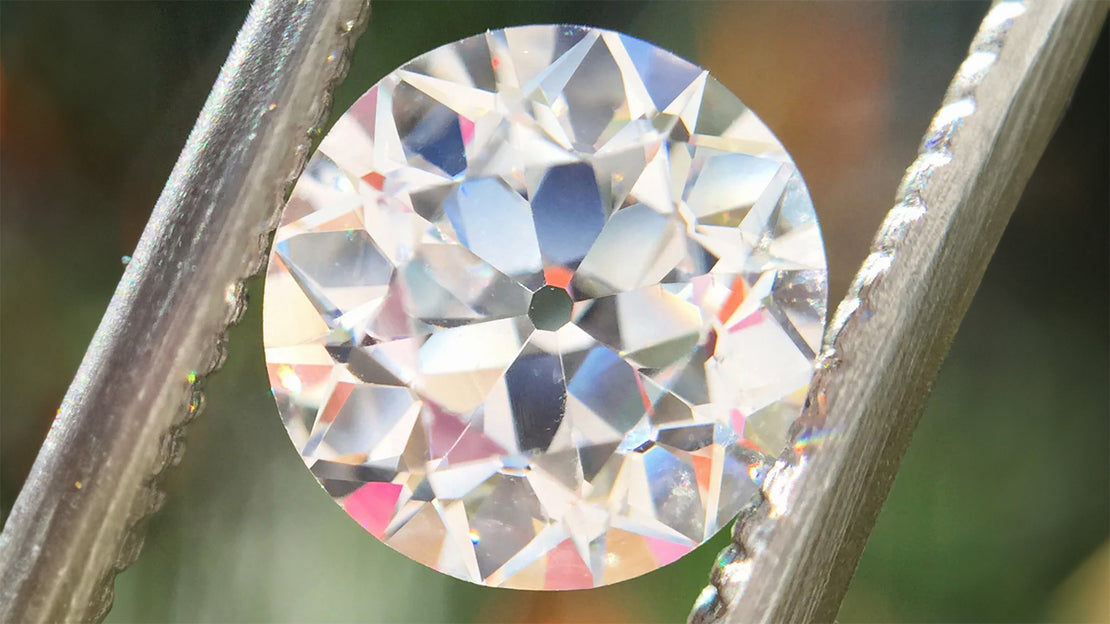The Birth and Beauty of Old European Cut Diamonds
In the 1870’s a new technological invention came into play in the diamond cutting industry (thanks Industrial Revolution!), and it changed the game for diamonds going forward. Henry Morse and Charles Field teamed up and created the first ever steam powered lathe, making it possible to create a perfectly thin round girdle. This gave way to the Old European Cut diamond, one that would be the prevailing cut choice from 1890 to 1930.
Old European cuts have a high crown, smallish table, thin girdle, and an open culet. They are symmetrically round and have pretty good symmetry. The thick triangular block like facets are as stunning as they come, and this cut was such a hit, it pretty much made round diamond the new standard. This was the grandmother of modern round brilliants, and they are some what hard to find these days since most of them were recut into modern brilliants once advancements in tools came along. We love Old Euros for their unique beauty. It’s a good compromise if you like round modern cuts but want a little antique glow and aura.
Favorite Old European Cuts in Our Collection
-
.40ct Old European Cut Diamond Belcher Ring
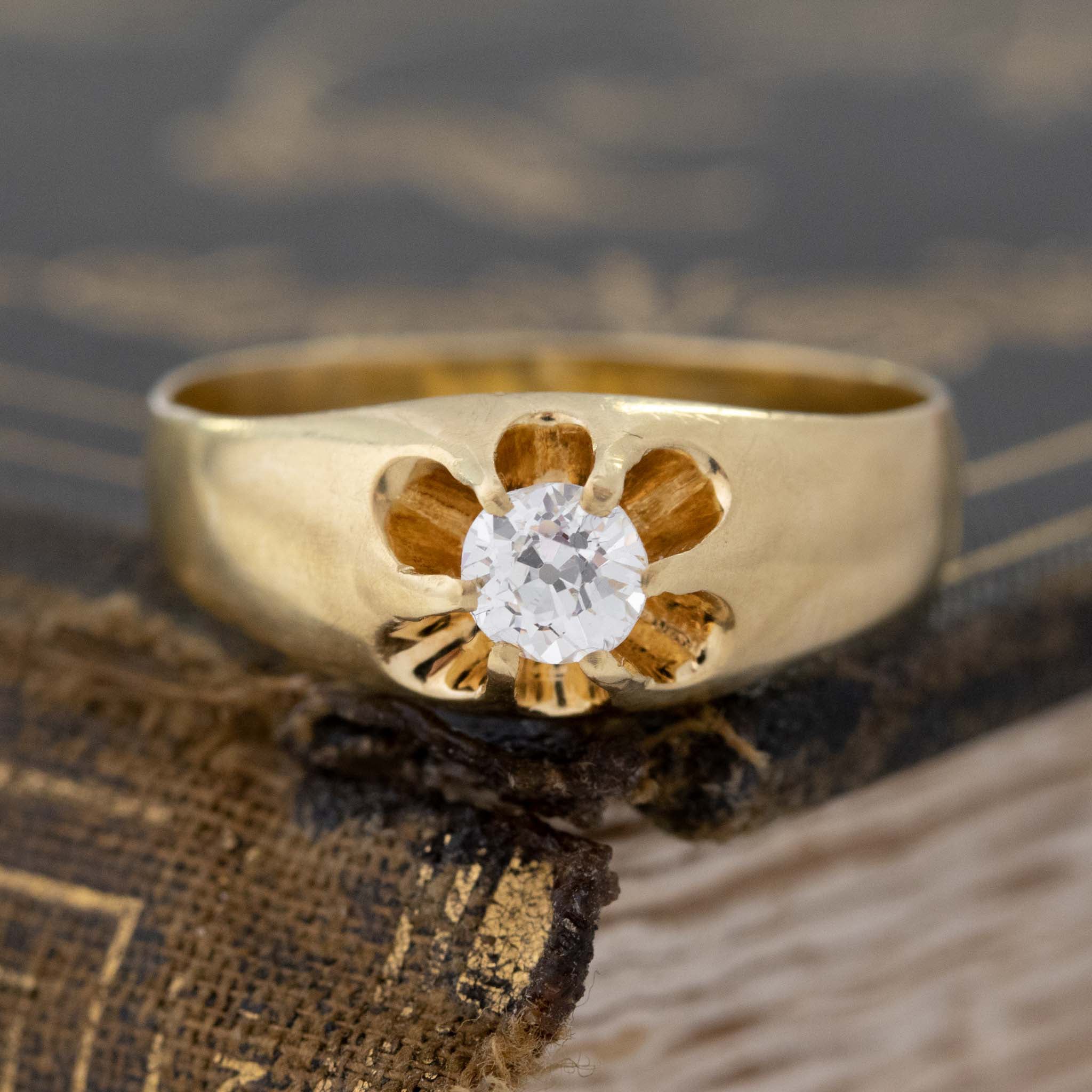
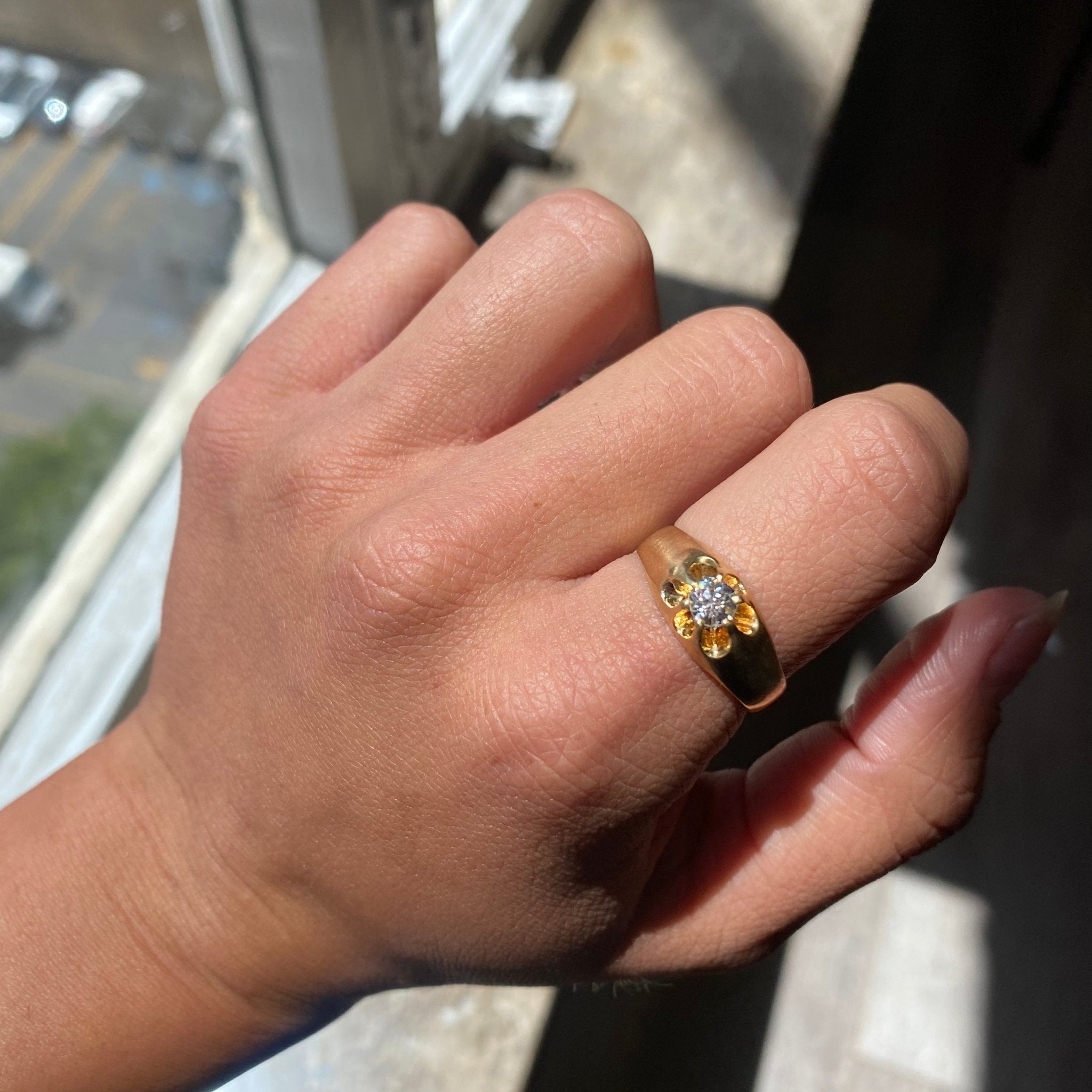
.40ct Old European Cut Diamond Belcher Ring
- Regular price
- $2,200.00 USD
- Sale price
- $2,200.00 USD
- Regular price
-
-
.45ctw Old European Cut Diamond Half-Hoop Band
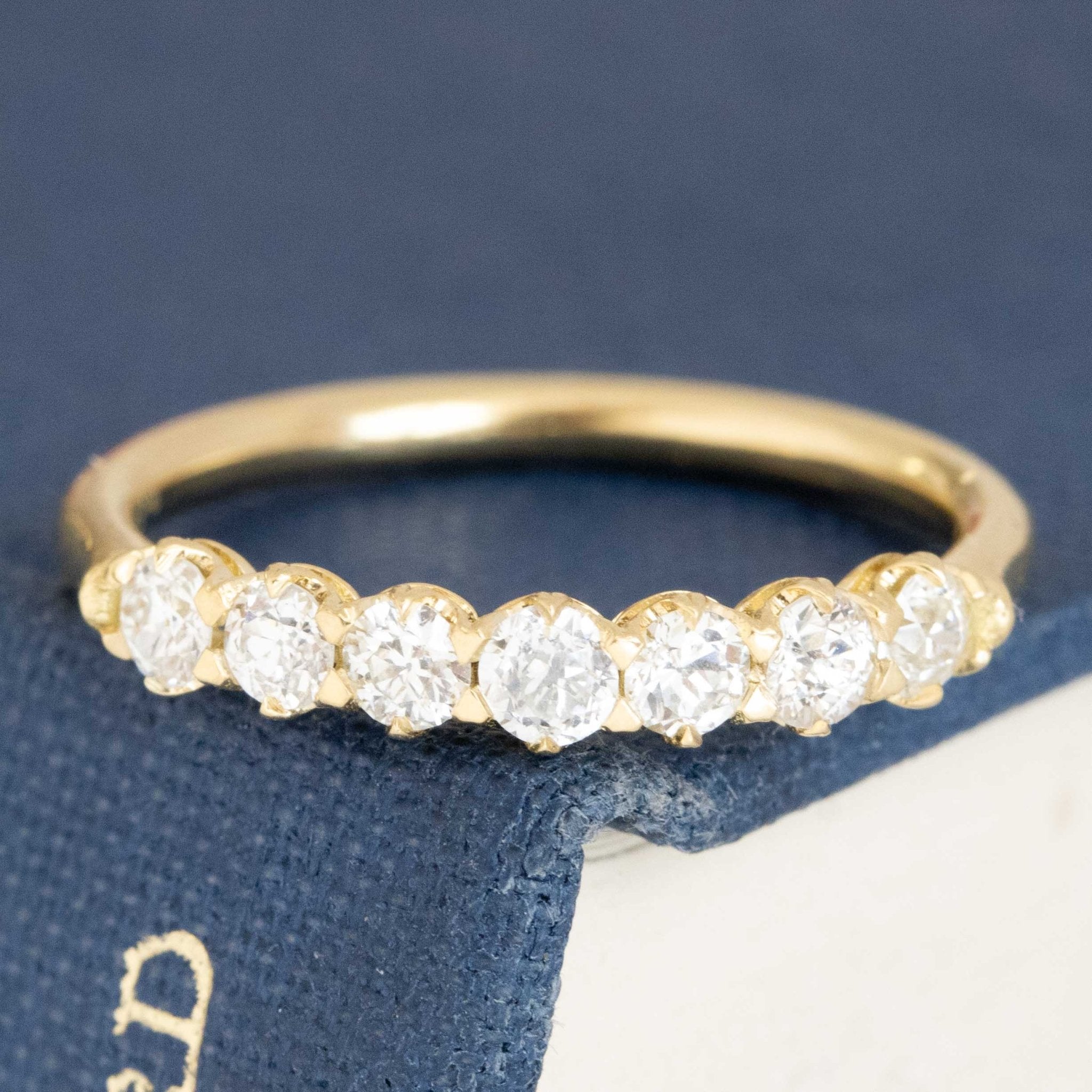
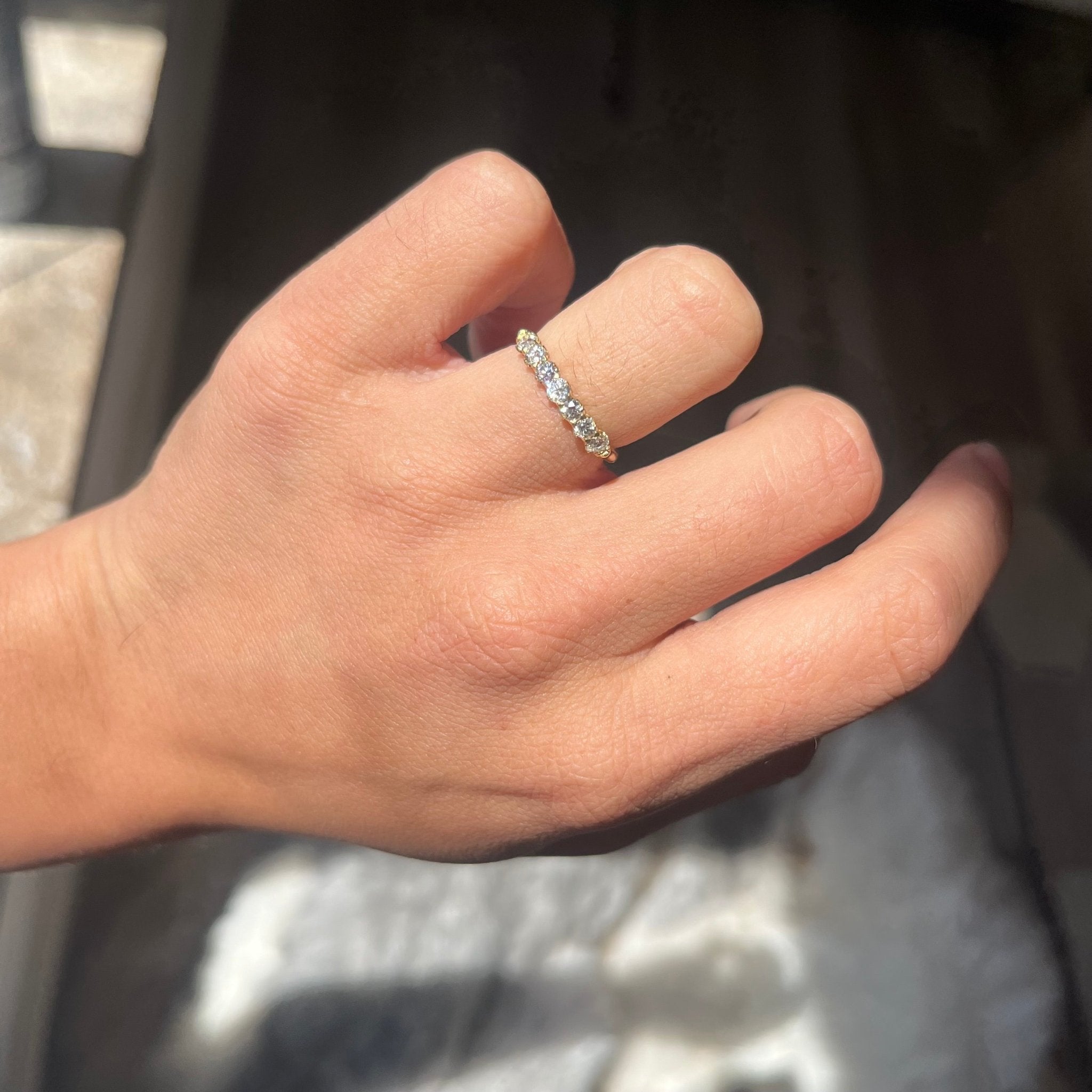
.45ctw Old European Cut Diamond Half-Hoop Band
- Regular price
- $2,700.00 USD
- Sale price
- $2,700.00 USD
- Regular price
-
-
.49ctw Old European Cut Diamond Curved Band
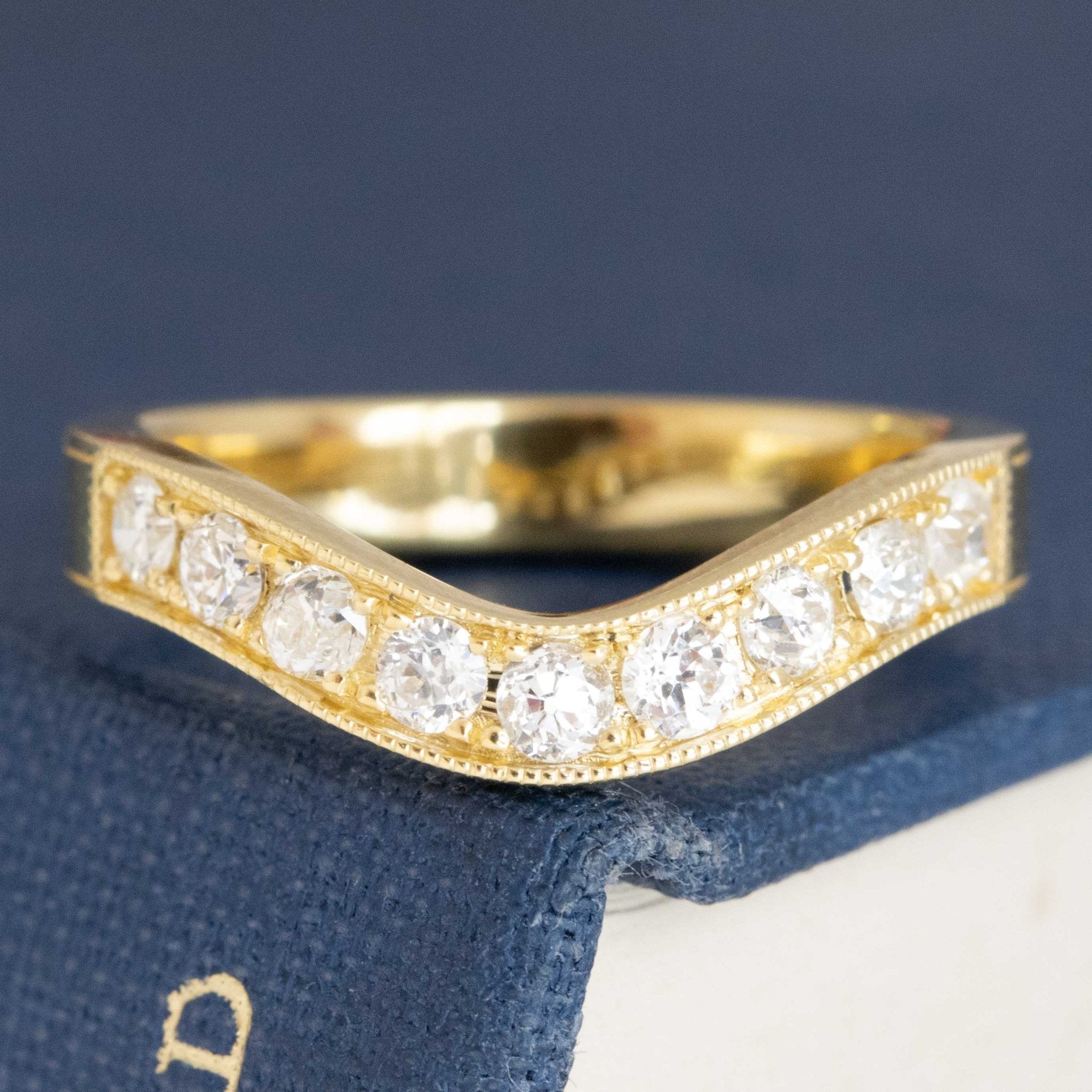
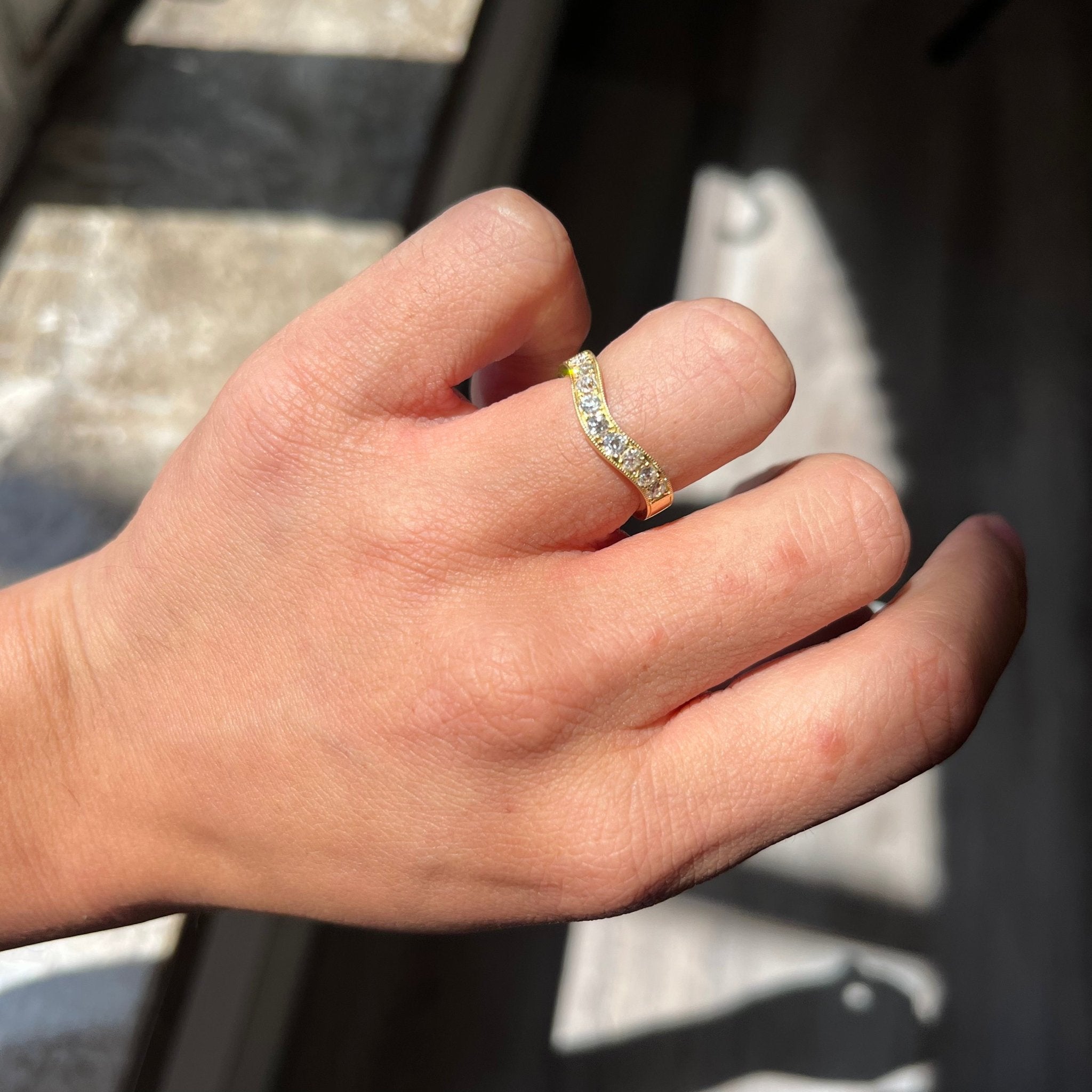
.49ctw Old European Cut Diamond Curved Band
- Regular price
- $3,300.00 USD
- Sale price
- $3,300.00 USD
- Regular price
-
-
.55ctw Old European Cut Diamond Trilogy Ring
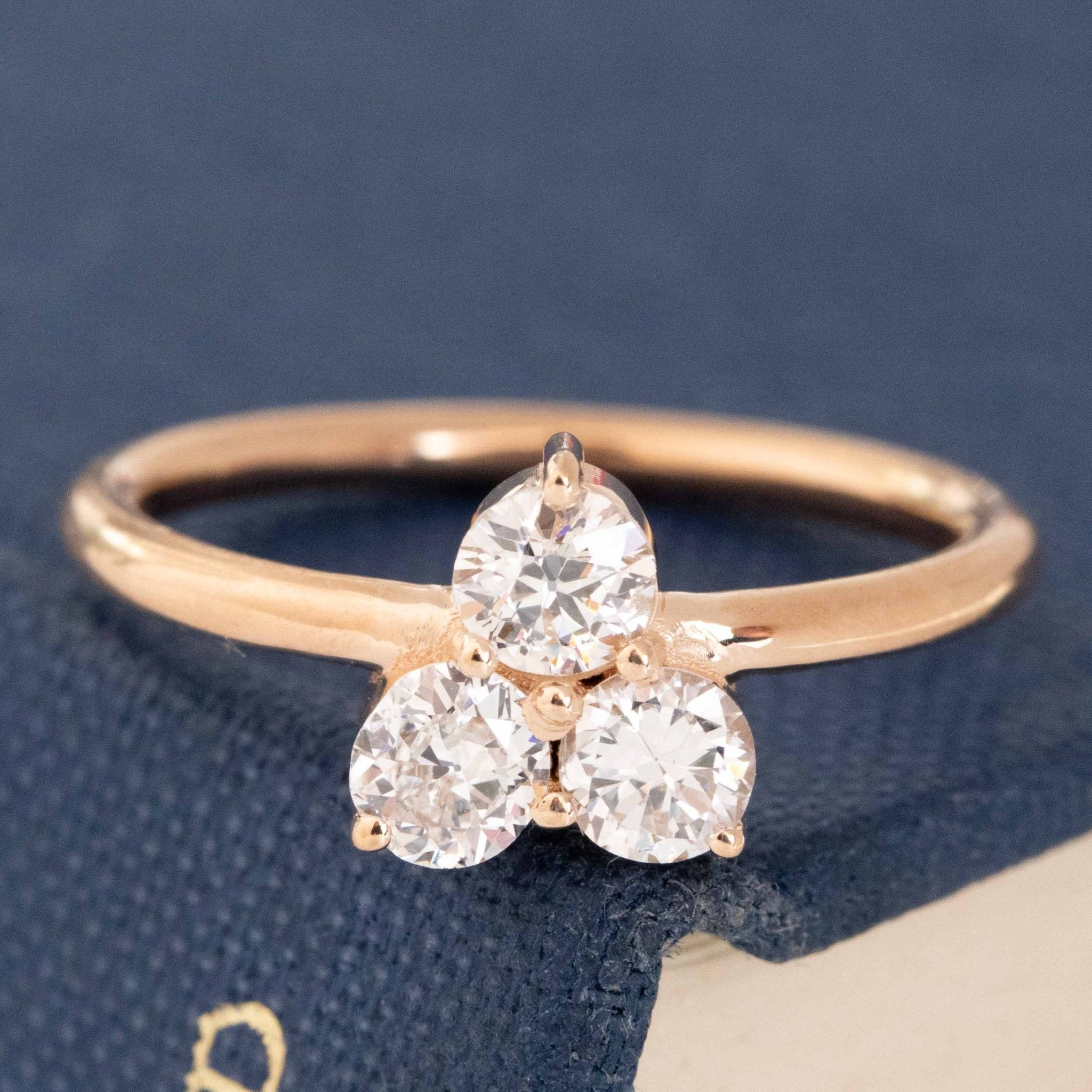
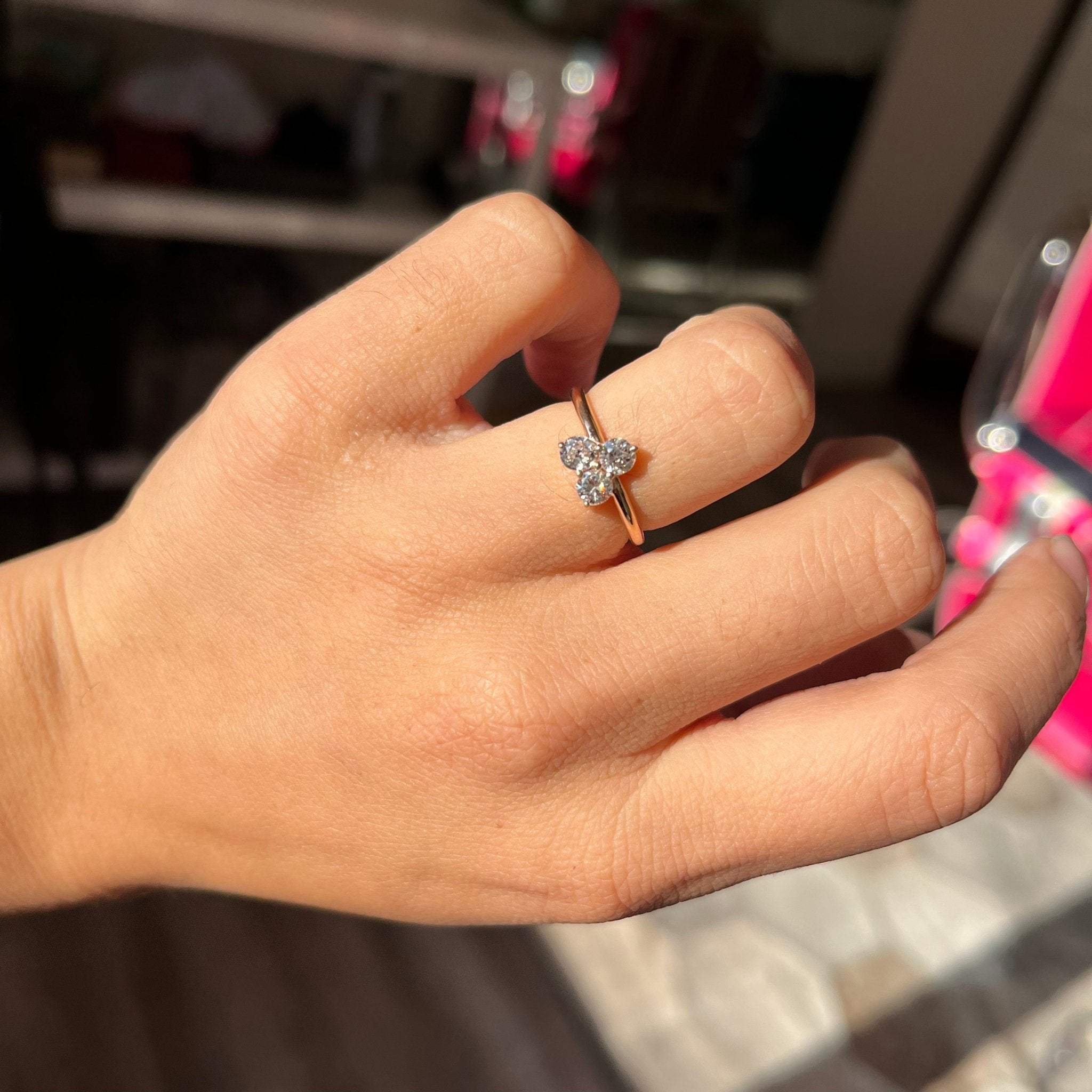
.55ctw Old European Cut Diamond Trilogy Ring
- Regular price
- $1,895.00 USD
- Sale price
- $1,895.00 USD
- Regular price
-
-
.60ctw Old Mine Cut Diamond Bezel Stud Earrings
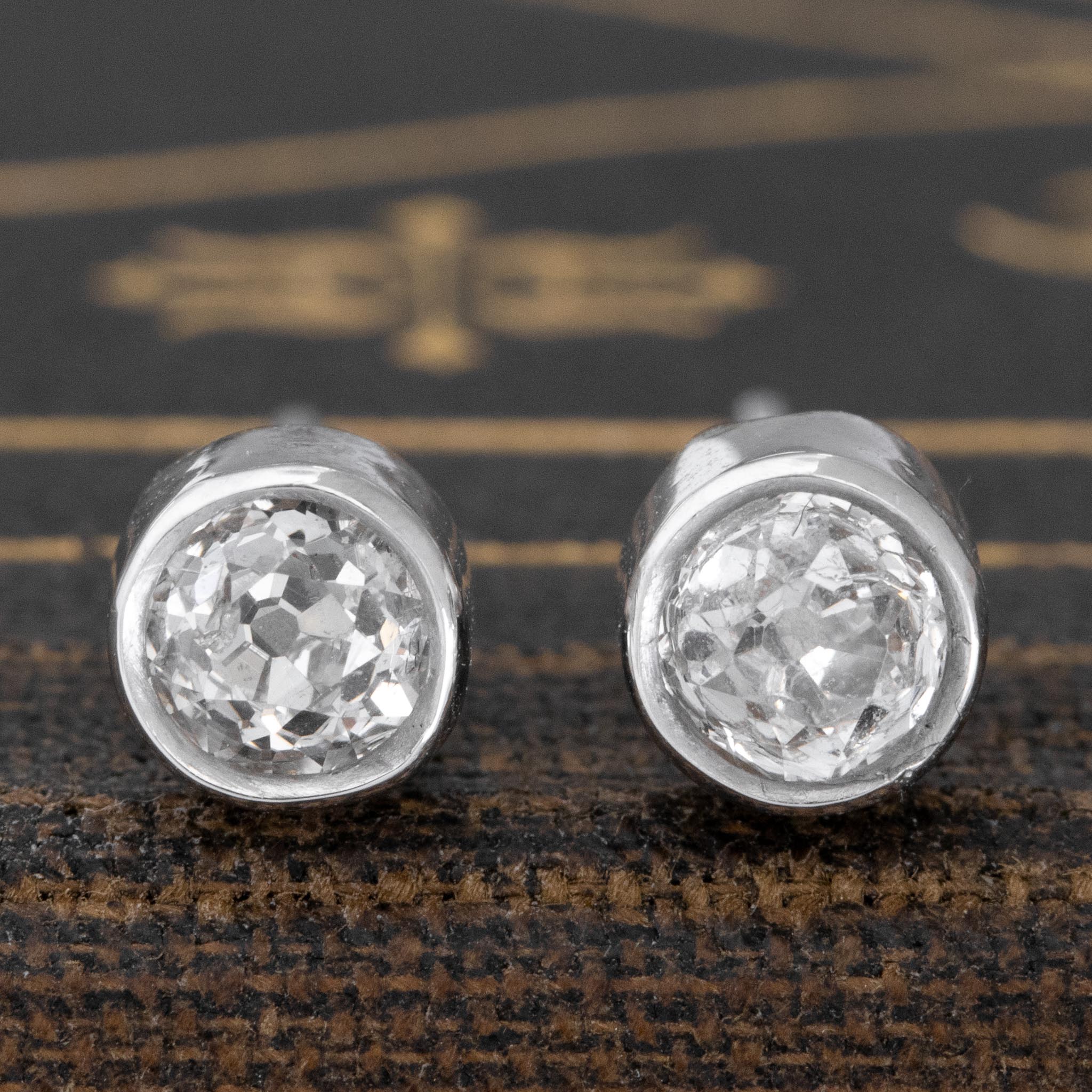
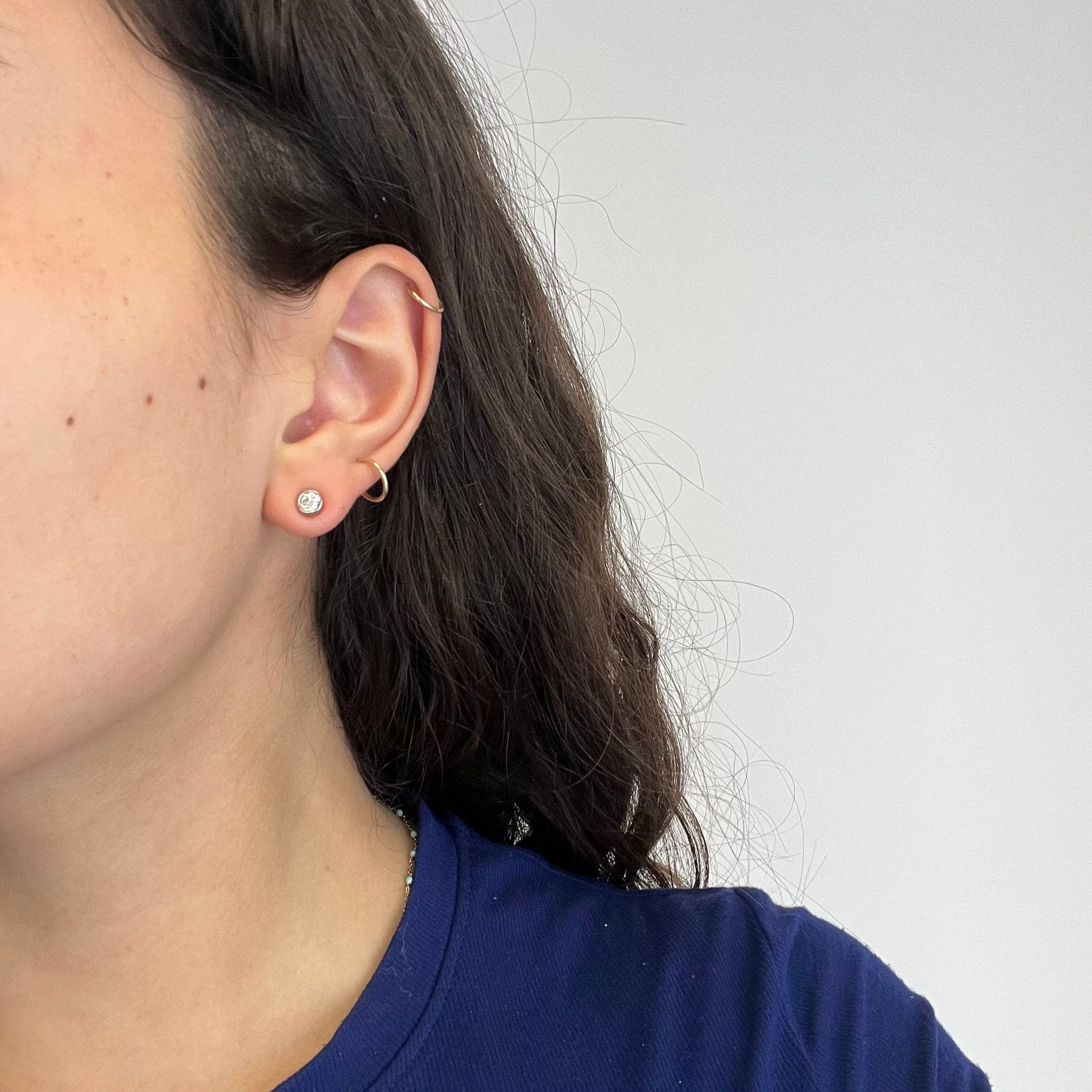
.60ctw Old Mine Cut Diamond Bezel Stud Earrings
- Regular price
- $1,950.00 USD
- Sale price
- $1,950.00 USD
- Regular price
-
-
.62ct Old European Cut Diamond Solitaire, GIA I VS2
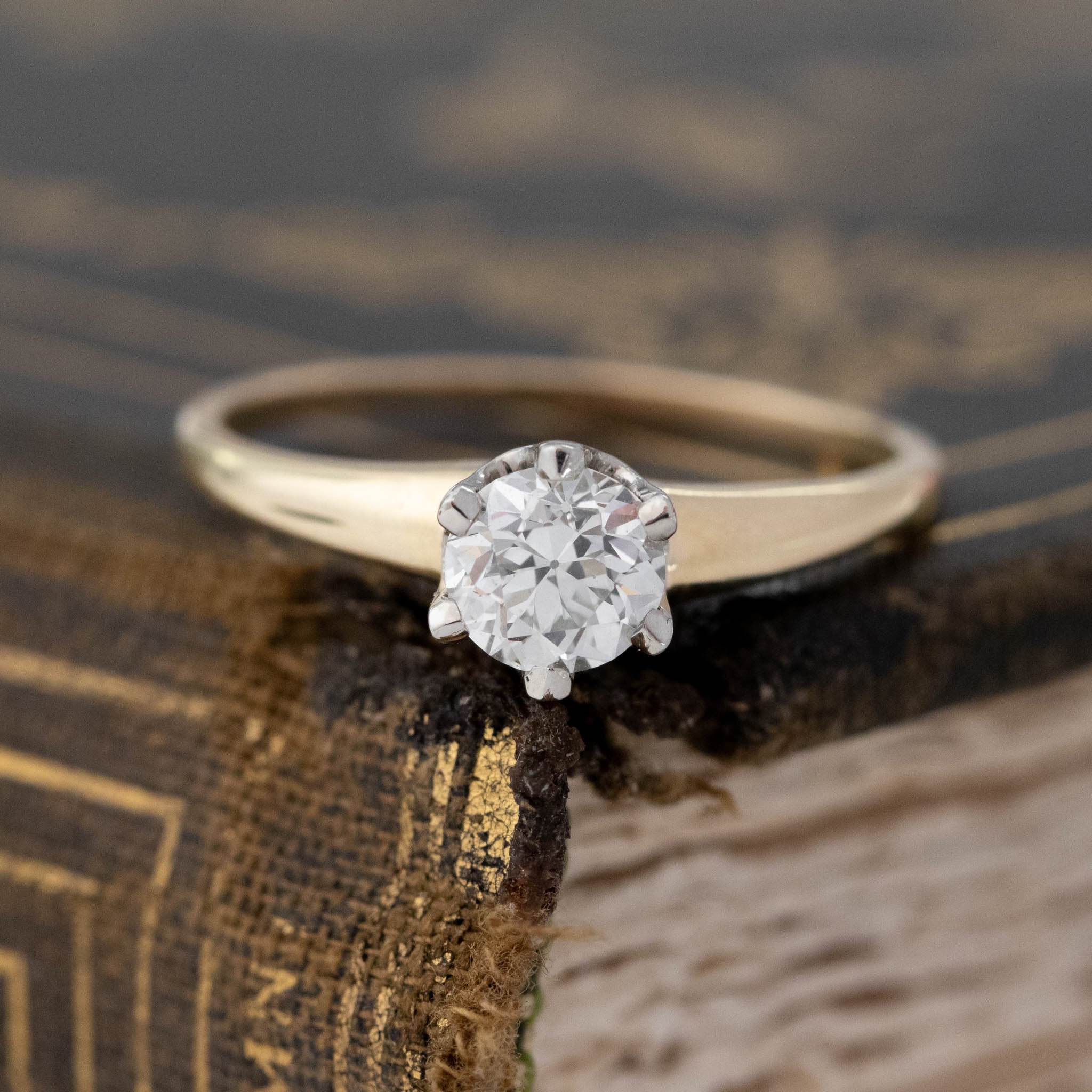
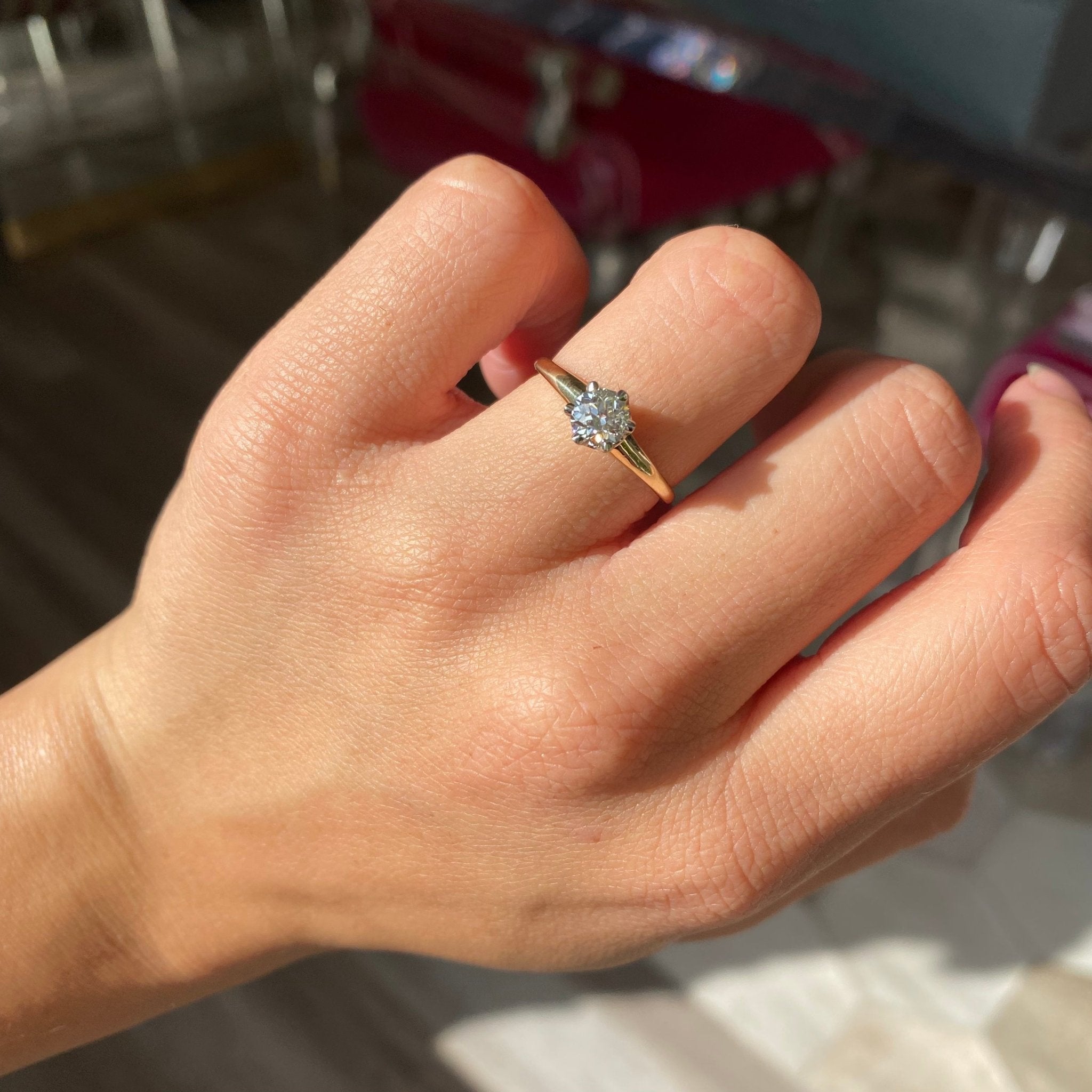
.62ct Old European Cut Diamond Solitaire, GIA I VS2
- Regular price
- $3,400.00 USD
- Sale price
- $3,400.00 USD
- Regular price
-
-
.81ct Old European Cut Diamond Open Cigar Band
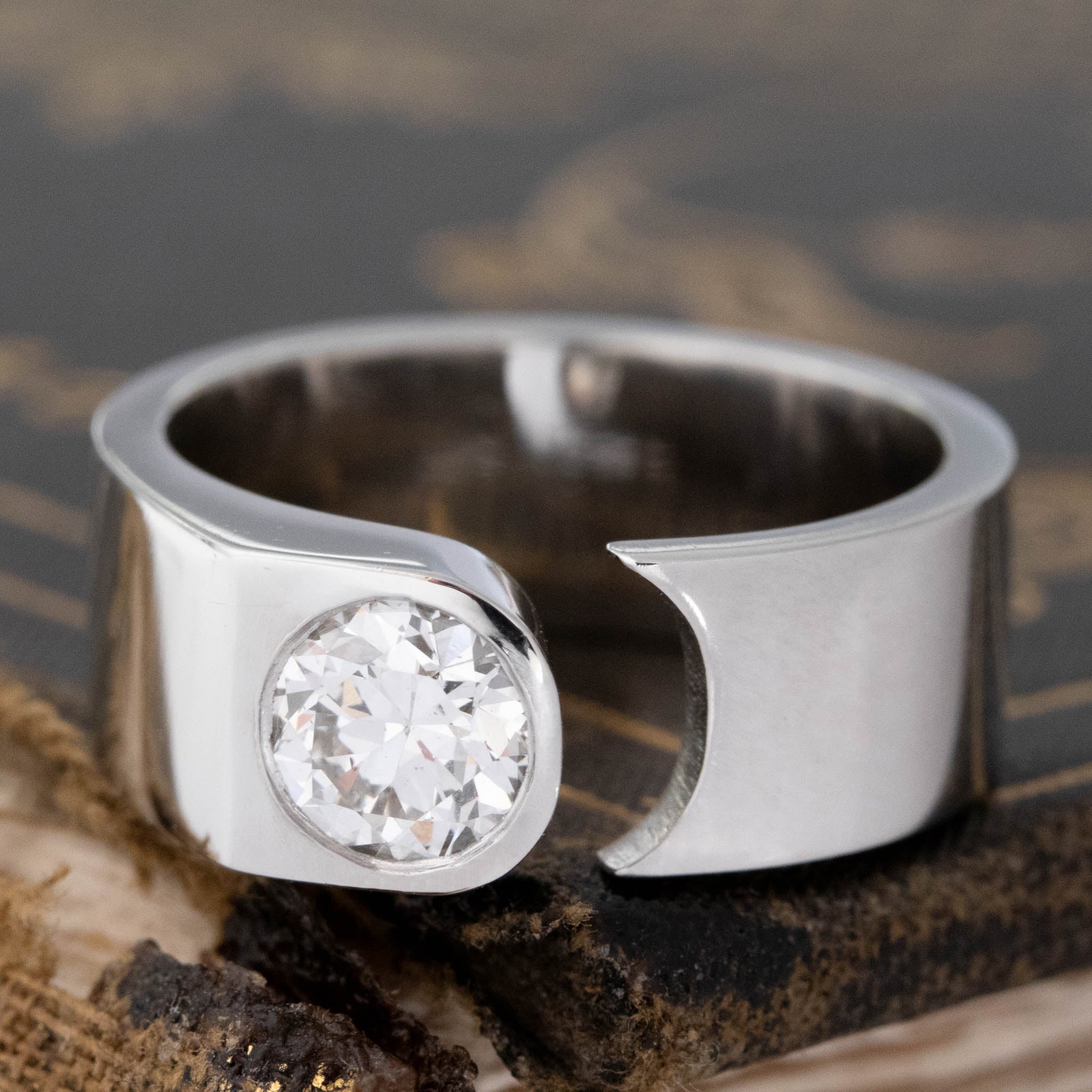
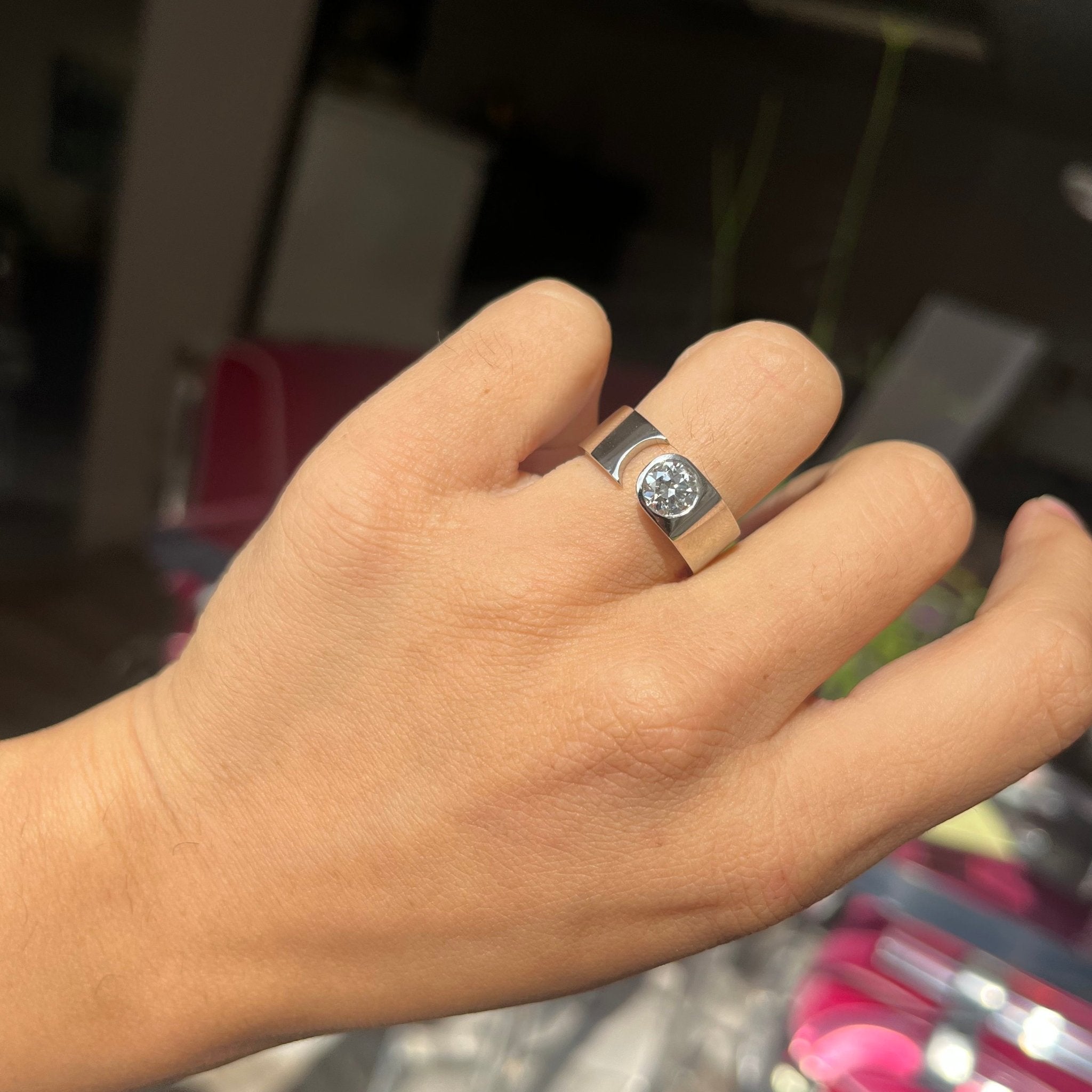
.81ct Old European Cut Diamond Open Cigar Band
- Regular price
- $5,900.00 USD
- Sale price
- $5,900.00 USD
- Regular price
-
-
1.19ct Old European Cut Diamond, GIA K SI1
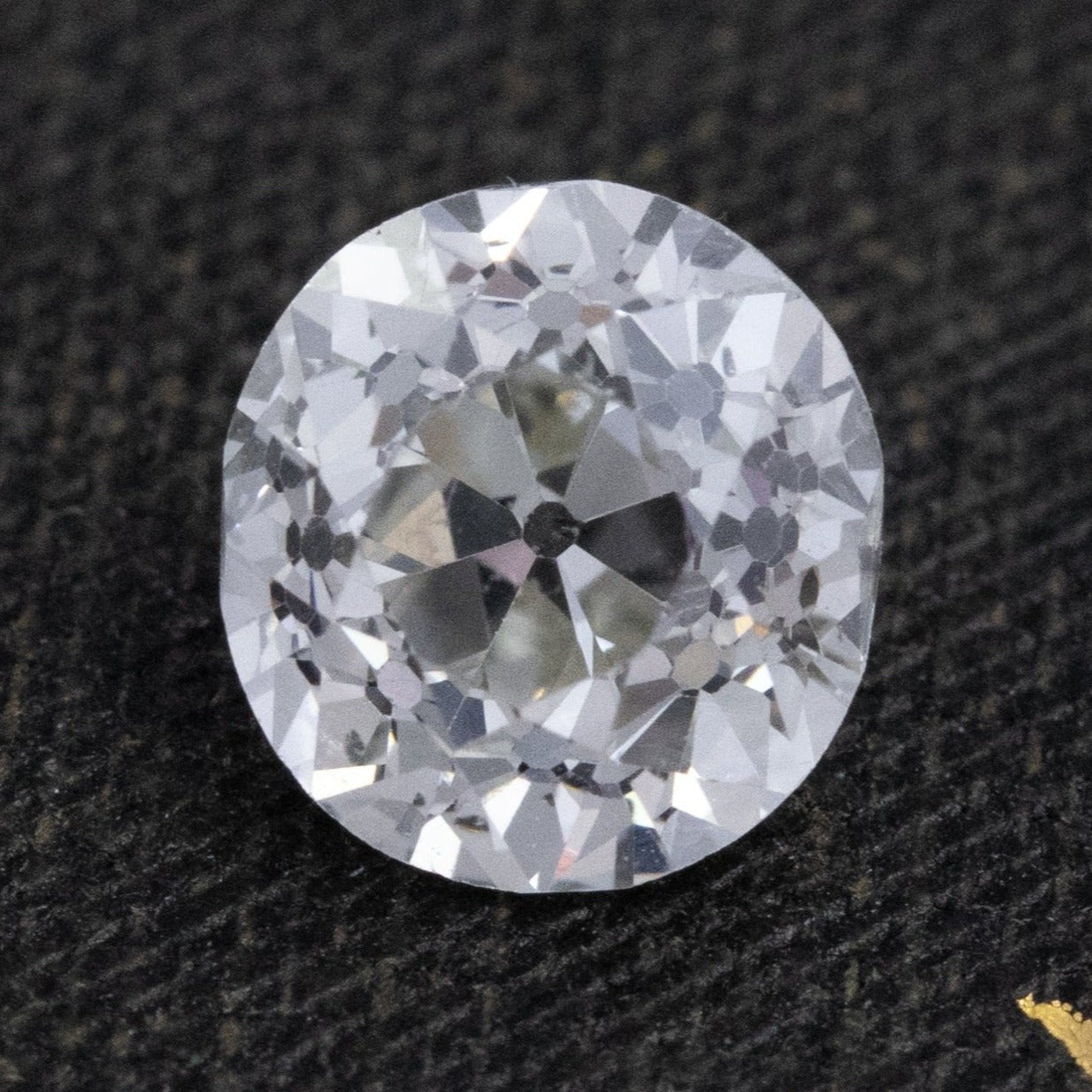
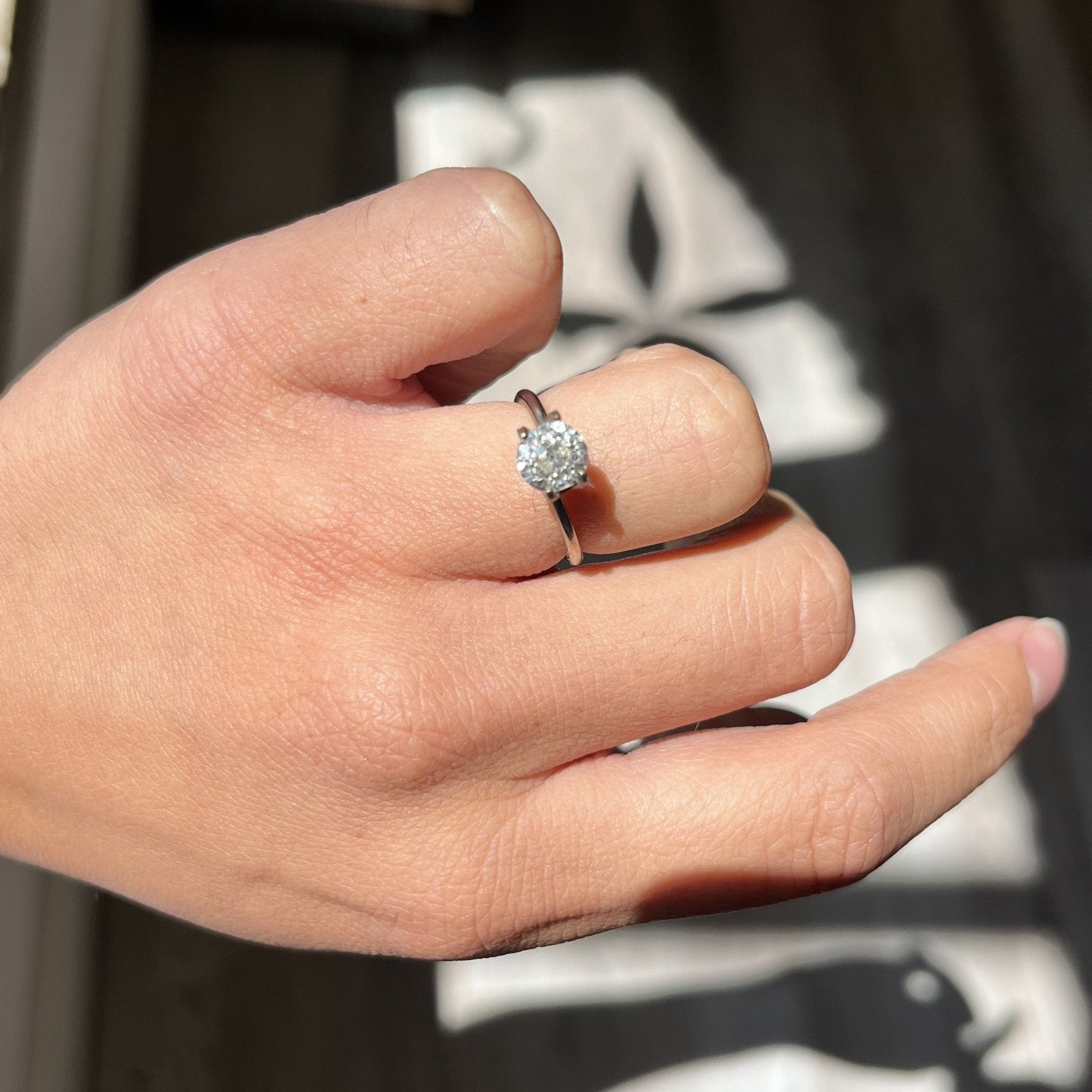
1.19ct Old European Cut Diamond, GIA K SI1
- Regular price
- $4,300.00 USD
- Sale price
- $4,300.00 USD
- Regular price
-
$6,200.00 USD


